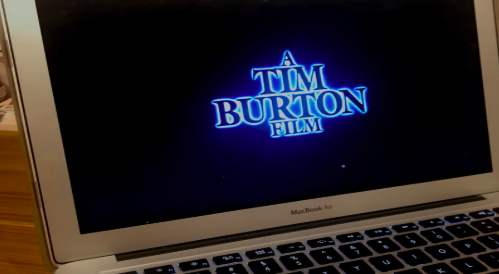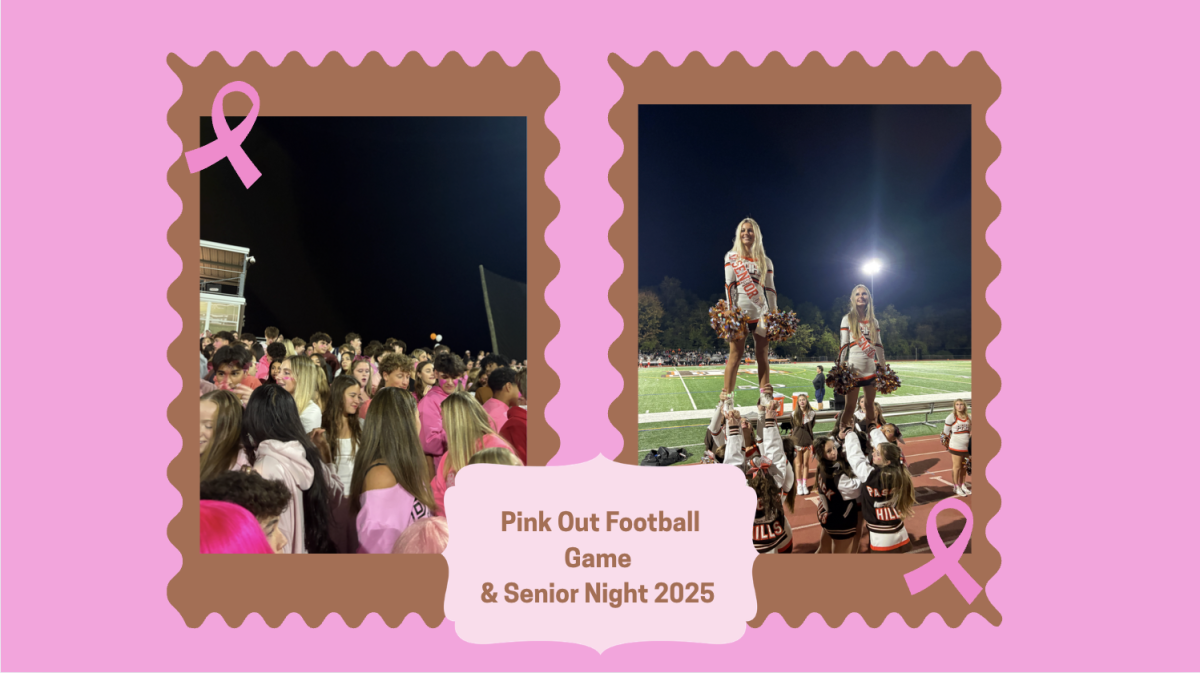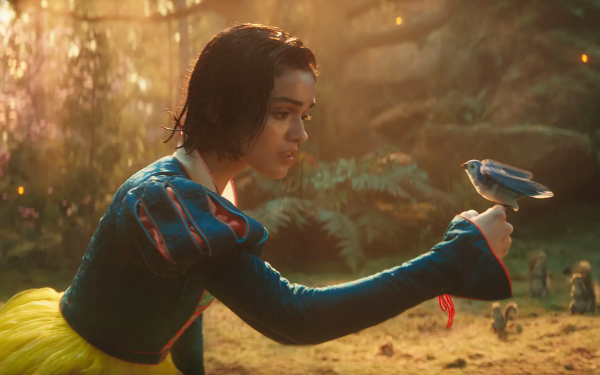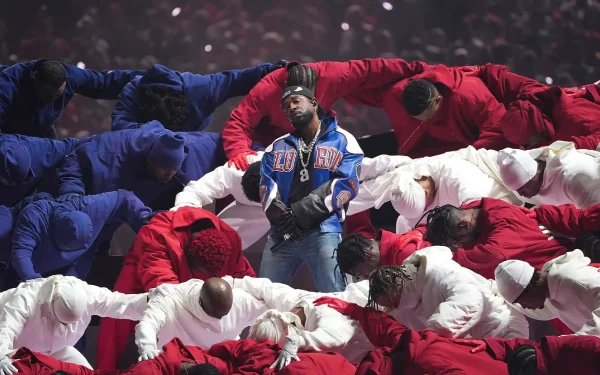The Reign of Camp: The Best Subgenre in Horror

As mainstream society’s taste in horror typically shifts towards psychologically dark realistic gore, we risk losing the greatest subgenre that ever graced our screens: Camp. Though the name brings general distaste to the forefront of some minds, it should be correctly identified and appreciated because our burgeoning culture of so-called “serious” moviegoers.
Camp, or kitsch as it is commonly referred to, is defined as an aesthetic that has value based on its seeming lack thereof. Its inherent beauty is in its ugliness, its corniness, and its well-worn sentimentality. Camp is, in a way, a rebellion: a rebellion against the growing inaccessibility of art and film by the lower class.
By repulsing “high class” art aficionados with cliché scripts, hobbled together set design, and melodramatic acting, creators can clear a path for themselves in the far too crowded pools of Hollywood decadence. Susan Sontag, in her infamous Notes on Camp, even wrote that “Camp is the psychopathology of affluence.”
In the 80s, we reveled in it; Beetlejuice (1988, dir. Burton), Halloween II (1981, dir. Rosenthal), and Friday the Thirteenth (1980, dir. Cunningham) were all box office successes. Though not produced in the 80s, the likes of Rocky Horror Picture Show (1975, dir. Sharman) and King Kong vs Godzilla (1963, dir. Honda) both garnered a cult following in later years as a result of their kitsch sensibilities.
But as postmodernism, the artistic movement that embodied the distrust of gatekeeping in the art world, came to its conclusion and the cycle of nostalgia left the public for the recent trends of the 1980s. The kitsch horror movie was left behind and ridiculed as a relic of its time.
However, as people grew reminiscent of the seemingly halcyon days of the 1980s and the innocence which the poor quality of its movies represented, the craze for camp returned in the 2000s.
Junior Yemie Woo responds, “Rocky Horror, for example, was one of my favorite camp movies growing up because, in my opinion, its idiosyncrasies are representative of the idealized past.”
A major issue that most mainstream critics have with camp in horror is in fact its total lack of a scare factor, calling for such movies to be classified as comedies so that they wouldn’t tarnish the typical idea of horror. While modern movies like Us (2019, dir. Peele) or Midsommar (2019, dir. Aster) leaves audiences terrified as the genre had intended, but camp is only capable of showing the original sincerity of what makes horror captivatingly frightening.
Horror movie fan Samantha Mansueto commented “The only horror movies I like are the ones that leave me really scared after watching because they include jump scares or psychologically thrilling plots. ‘Jokey’ horror movies just don’t entertain me as much.”
Though actual terror carries much merit in the film industry, we must look at what we actually define as scary in order to draw such distinctive lines between “good” or “bad” movies.
The value of camp in horror does not end at its humorously poor quality. We must not forget another essential part of camp is not in its shirking of all taste, but its careful curation of a taste that does not lie within the publicly accepted view of what should be cherished in art; as Sontag wrote once, “Camp taste transcends the nausea of the republic.”
To continue on pop culture’s track of horror movies which in encourage the artists’ rights to defy expectations of the genre that they are embodying. It means to strip directors and writers of the ability to explore horror in a way in which they can still express their freedom. Why do we shy away from the embarrassingly ugly or grotesquely tacky in horror-themed mediums today? We as a society are not totally incapable of appreciating the nuances of this sub-genre; however, we may have lost our roots. We need to take back the definition of camp and recognize that it has served as the foundation of a genre that is nowadays perceived to be camp’s enemy in its modern solemnity and growing intentness: Horror.

Claudia Kim is a senior at Hills and is excited to be working on the Trailblazer as an editor this year. Claudia edits for the Opinion section, a part of the paper that gives Hills students a place to be heard.
Fun Fact: Kim's favorite book is The Idiot by Elif Batuman.












































